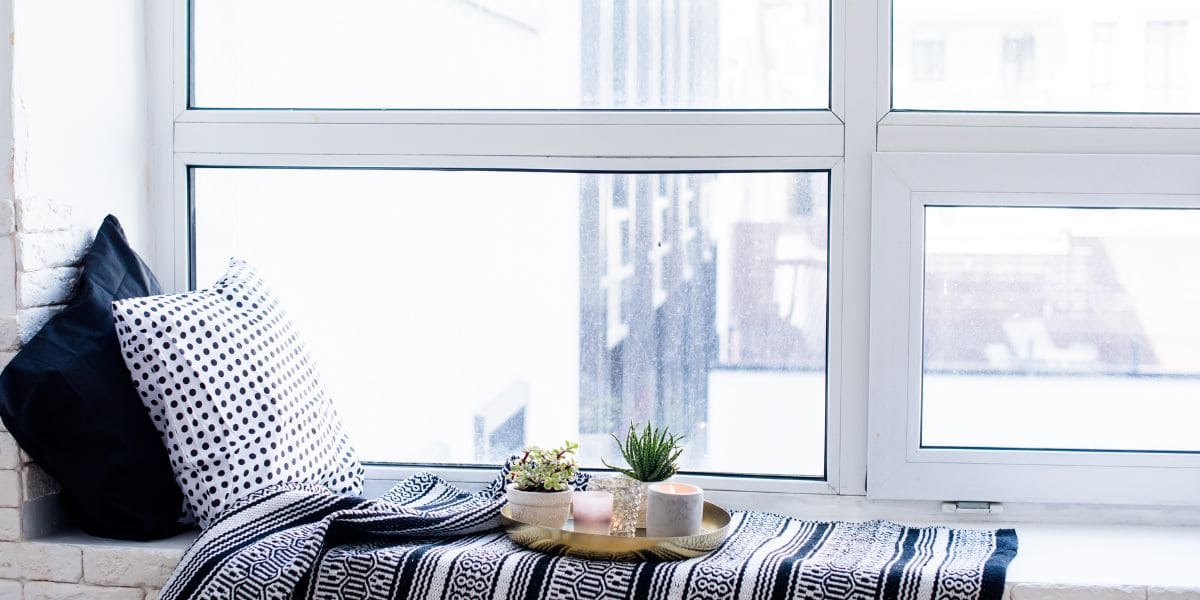Building a new home or remodeling an old one is the perfect time to make changes that will make your home hypoallergenic or, at the very least, closer to that ideal. With more and more people suffering from allergies and asthma all the time, it’s becoming more and more important that homes are allergen free environments, and the good news is that while it may not be possible to remove all traces of allergens in your home, you can certainly get close.
Here are our top tips on how to ensure that your home is as close as possible to the ideal:
- Building a new home is always easier. New homes are less likely to have mold, allergens found in old fashioned insulation and other problems to deal with, and you can control all the finishes from the start.
- Flooring choice is a big factor in how allergen resistant your home is. Avoid carpets at all costs. Hardwood flooring, laminate and tile are all good options for a hypoallergenic home.
- When choosing your heating and cooling systems, opt for radiant heat where possible, as it won’t stir up dirt like forced air will, and choose HEPA filters for air ducts, to ensure that the air stays as clean as possible.
- Even when the inside of your home is clean and easy to keep clean, you (and anyone who visits you) will bring allergens, pollen and other substances into your home. If you want to prevent this, a mud room and laundry room combo can be a great addition to your floor plan, and help ensure that everyone removes and launders allergen ridden clothes before entering your main living areas.
- Wherever you have a choice, choose mold resistant materials and finishes.
- When the time comes to furnish your home, choose furniture that is not upholstered with fabric, as fabric and stuffing can trap allergens. Opt for leather, wood, steel, glass and plastic or acrylic instead.
- Ditch the down filled pillows and comforters. Feathers are a common allergen, and sleeping with bedding that causes allergies will undo all your good work in the rest of your home.
- At the same time, consider getting covers for mattresses and box springs. These covers zip on and off, and are designed to keep allergens that can build up in soft furnishings where they belong. Which is away from you and your family.
- If you use humidifiers in your home, be sure to clean them regularly, as mold can build up inside these units.
- Avoid potted plants in the home, particularly in bedrooms. Damp soil in pot plants can be a breeding ground for mold, which can cause allergic reactions and trigger asthma.
- Finally, it goes without saying that if your family has allergy troubles, pets are not recommended in your home.
With a little thought and planning, your new home (or an older one that you are remodeling) can be as hypoallergenic as possible, and if you choose easy to clean finishes and furniture, you should see a marked improvement in allergy sufferers.

















Leave a Comment